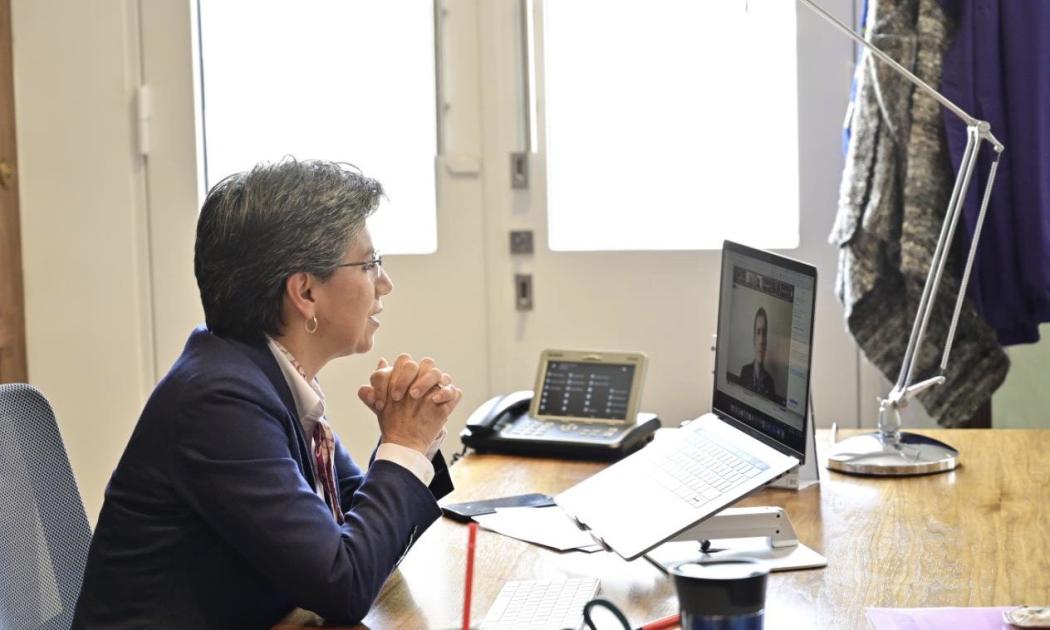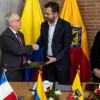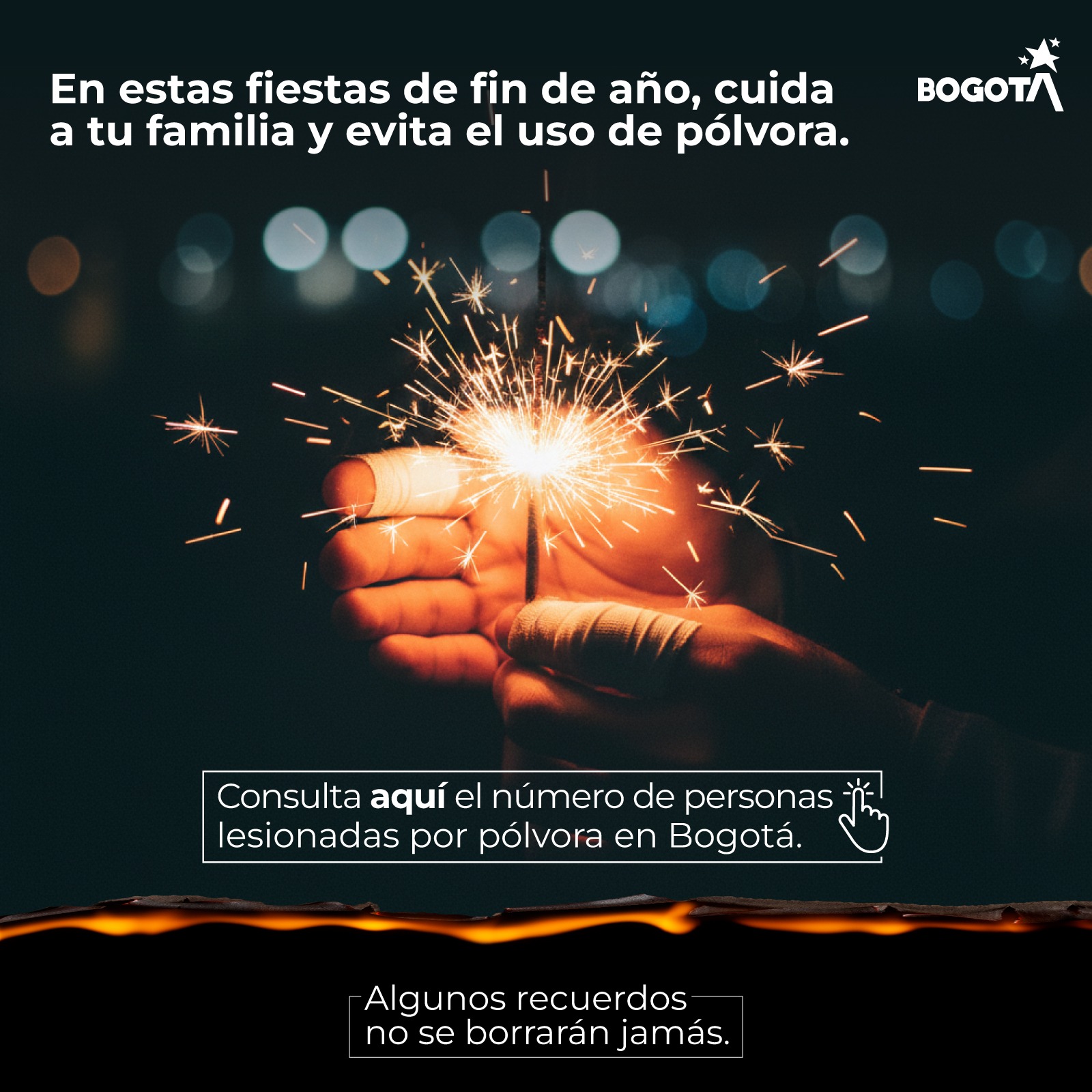A city with many centers, where the inhabitants can live and work within a 30-minute radius, in environmentally sustainable districts linked by green corridors, with priority for pedestrians and cyclists. This is the plan for a sustainable Bogotá that Mayor Claudia López shared during the meeting 'The New Carbon-Zero Normal for Cities', organized by The New York Times, in which she shared experiences with Yvonne Aki - Sawyerr, Mayor of Freetown (Sierra Leone), and Laurent Bataille, Executive Vice President of Schneider Electric, a company dedicated to finding sustainable building solutions.
Brad Plumer, a climate change journalist for the New York Times, was the moderator. "What works in Copenhagen is not what works in New Delhi, and we have seen organizations like C40 talk about it. There is no doubt that it is a great challenge and there is a lot to do so that cities can face climate change", he said as he welcomed the participants.
He then gave the floor to the mayor of Freetown, who spoke about how her city has focused on planting a million trees to change the quality of the air and renew its public transport system.
Then it was mayor Claudia López´s turn, and she shared her vision for the 30-minute city: “We have a great opportunity this year because we will present to the Bogota Council the Land Use Plan for the next 15 years. We are trying to change the way cities are planned and developed,” she said.
According to the Mayor, in Bogotá people currently spend an average of two hours on their trips to and from work, “spending almost 30% of their income on transportation, which in turn is very unequal and unfair for poor families", she said.
In addition, she added, mobility is not sustainable because it does not use clean and renewable energies, but instead is only less polluting, so she plans to change the model towards the construction of corridors and green districts. “We have to plan our city better, not exactly to the 15-minute city like Paris, because the change from a 2-hour city to a 15-minute city is too big a change, but to a 30-minute city, where we can use sustainable forms of transport ”.
Pedestrians and cyclists have priority in this city model.
“We will make a 30-minute city, with bicycle and pedestrian lanes, which is not a city to cross but a city to stay, to enjoy, with distances of 30 minutes, with sustainable transport, and with good infrastructure for pedestrians and for bikes. This is the city we are trying to build and we have the great opportunity og having the support and investment of the national government ”.
When asked about the role of electric cars, she replied: “We cannot continue to build roads for cars, no matter if they are electric. 84% of the space in Bogotá is dedicated to cars. Cars are only 15 percent of daily trips. It has no sense. If 30% of the trips are made on foot, and the other 10 to 15% are made by bicycle, they should at least have 45% of the space ”.
“The final factor is planning the city so that there are many centralities and you can walk. Overcoming distances is overcoming inequality and segregation in the city, and that will allow us to have a more sustainable city. Of course, we want to connect these centralities with green corridors. If you ask me, the most important investment in the 21st century is not even a metro system. The most important thing is to create a pedestrian and bicycle system”, she added, and acknowledged that this change will not be achieved in the short term, since the important thing is to make a change in the habits of the city.
And for this, she said, the great trigger was the pandemic. “Covid is a challenge for everything and it has affected everything. But it has also led us to reflect on what our life habits are and for the same reason it has led us to a great obligatory change. It is a great opportunity for sustainable change, an opportunity rather than a threat. This is not going to change in a year, that is why we are organizing the POT for 15 years ”.
Regarding the mechanism to build green districts, the mayor referred to the change in land use to make it mixed, in order to build the multiple centralities where housing, industry and commercial areas converge: “You have to have tax incentives to build districts with mixed uses, not this industrial planning where work is in one place and housing in another. It's Jane Jacobs' vision in the 21st century. Mixed uses should also allow housing for people of different income levels in the same place ”
The mayor of the capital concluded that the construction of a more sustainable city will eventually result in a more egalitarian and harmonious city. "I believe that all these tools combined, put in place for at least 15 years, is what can change the pattern of organization and movement in our cities to make them more sustainable, more equitable, and close the gaps of inequality."







